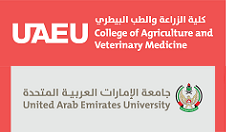Moving Bed Biofilm Reactor (MBBR) for Decentralized Grey Water Treatment: Technical, Ecological and Cost Efficiency Comparison for Domestic Applications
DOI:
https://doi.org/10.9755/ejfa.2022.v34.i7.2848Abstract
The reuse of greywater has several advantages, including reduced freshwater extraction from rivers, aquifers, and groundwater; reduced
need for desalination; less environmental impact from septic tanks and water treatment plants; decreased energy consumption; and reduced
chemical pollution. The main objectives of this review study are to assess the technical attributes, ecological impacts, and cost-efficiency
of Moving Bed Biofilm Reactor (MBBR) water treatment technology compared to similar available technology for small to medium-sized,
decentralized applications in residential and commercial settings such as home gardening, sanitation, and landfills. Previous studies
indicate that hybrid technologies such as MBBR are the most promising methods for the total removal of contaminants in wastewater in a
decentralized setting. However, the initial capital cost of this technology for small and medium-scale domestic applications worldwide is
high and so is a limiting factor in the expansion of its utilization. Expansion of domestic use of such Decentralized Wastewater Treatment
Systems (DWTS) could increase the economies of scale and therefore reduce the initial capital costs for this useful water treatment. For
the MBBR system, Chemical Oxygen Demand (COD) removal efficiency was found to be 70%, Total Suspended Solids (TSS) removal
was found to be 97%, and turbidity removal was 98%










 .
. 